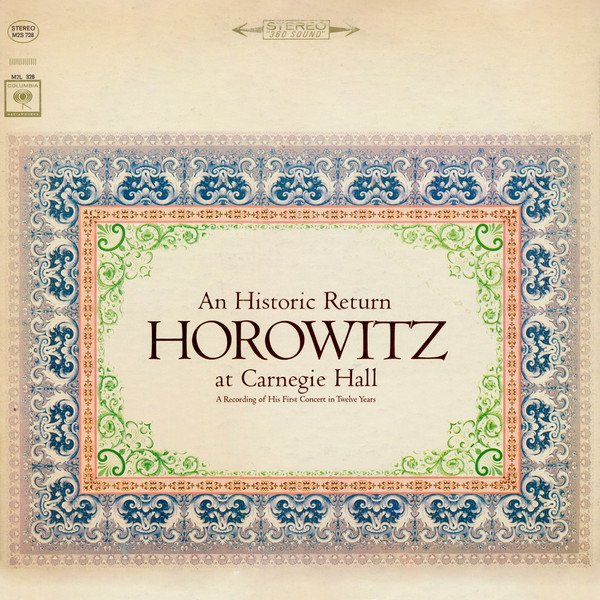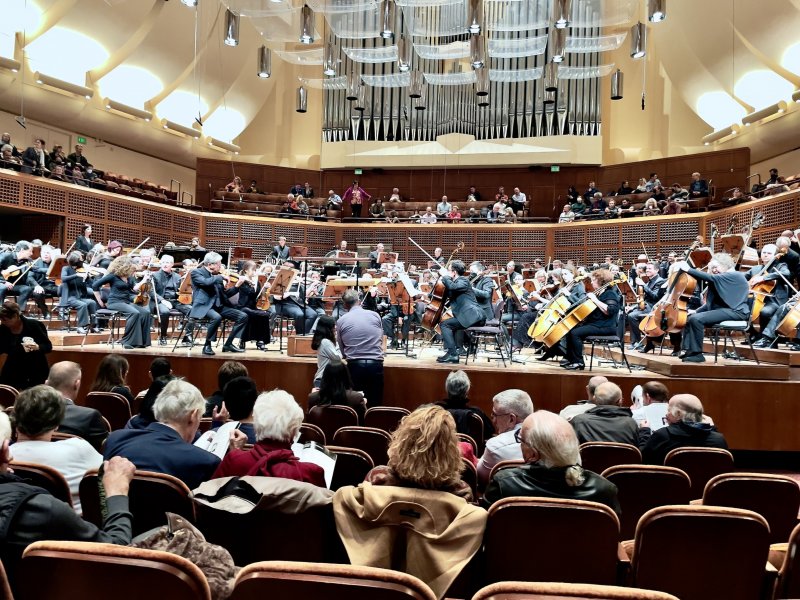We’ve all heard the term as it relates to real estate. As audiophiles, we often think of location as it relates to speaker and listener placement in our listening room. But here’s a new twist, which is a story from the permanent display at the museum at Carnegie Hall which many patrons frequent during intermission. It’s a cute story about a different type of location placement of a piano in a great hall by a guy who was apparently as OCD as any self-respecting audiophile; the great Vladimir Horowitz.
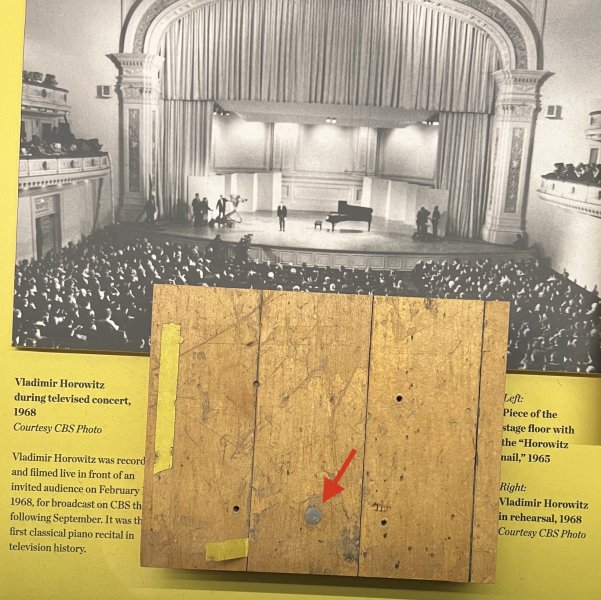
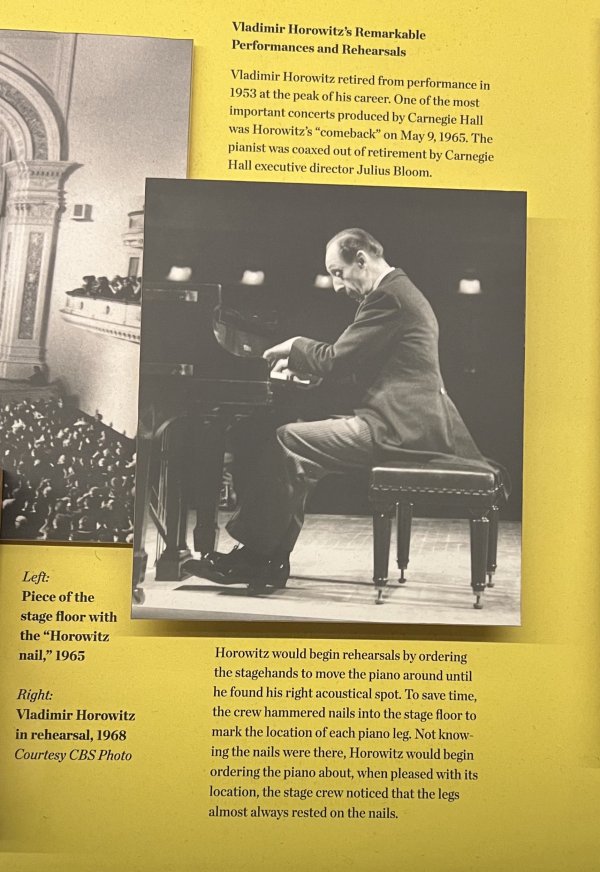
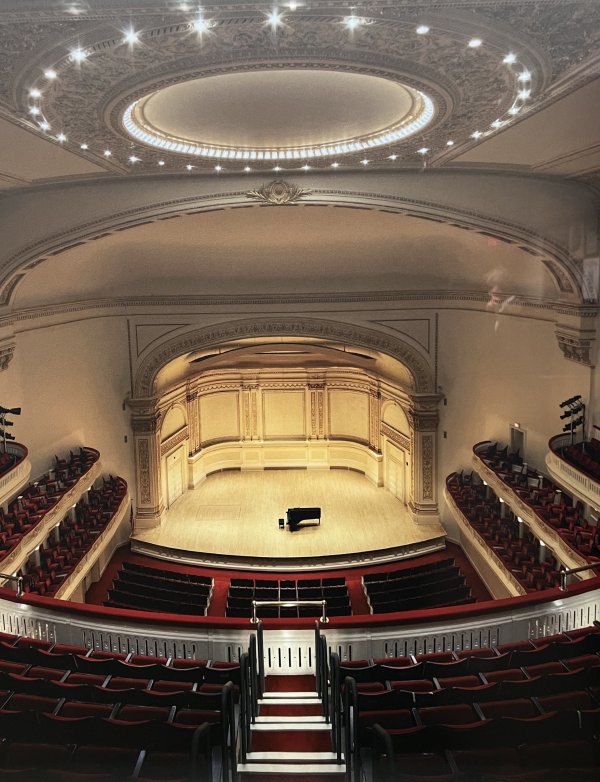



Last edited:







